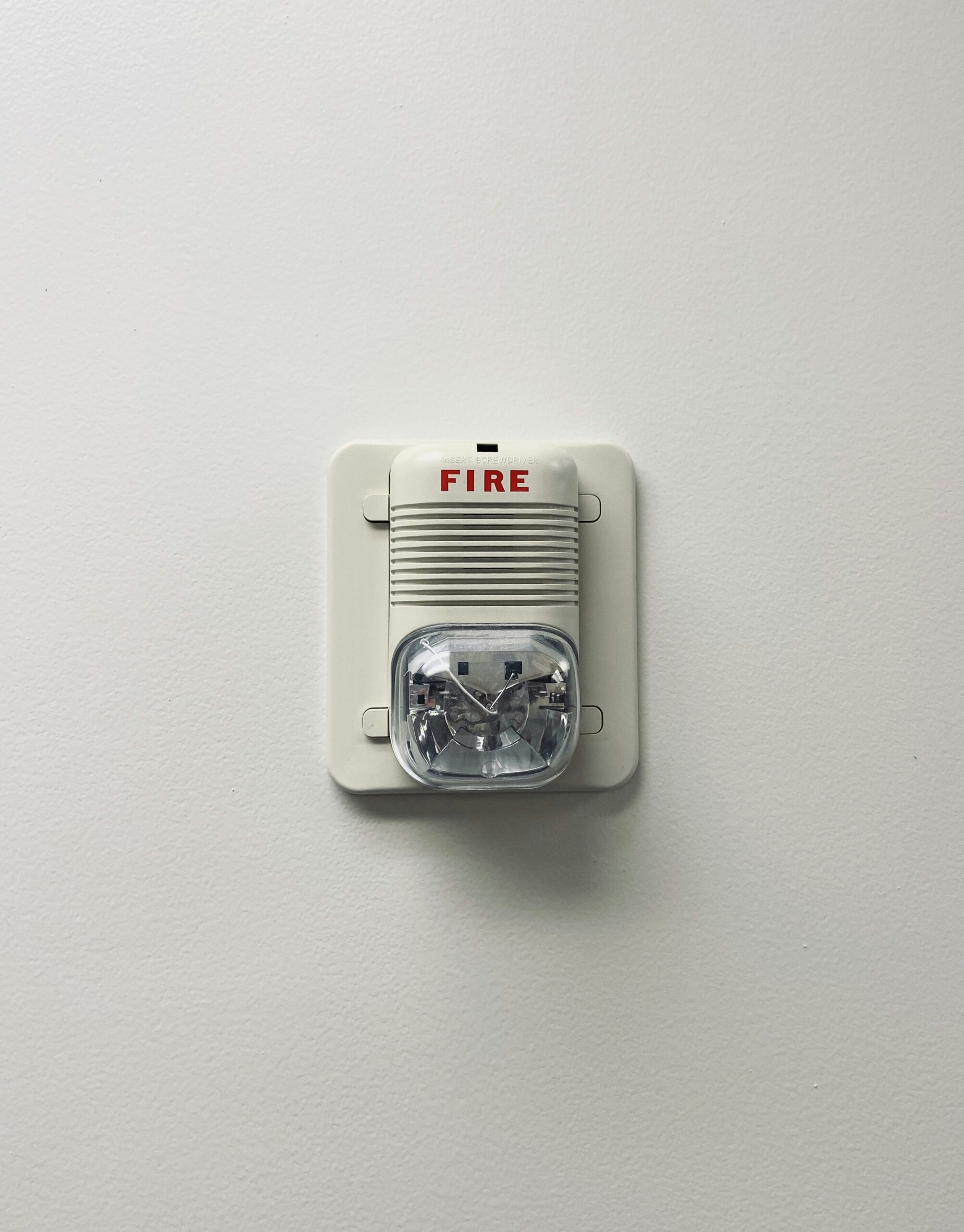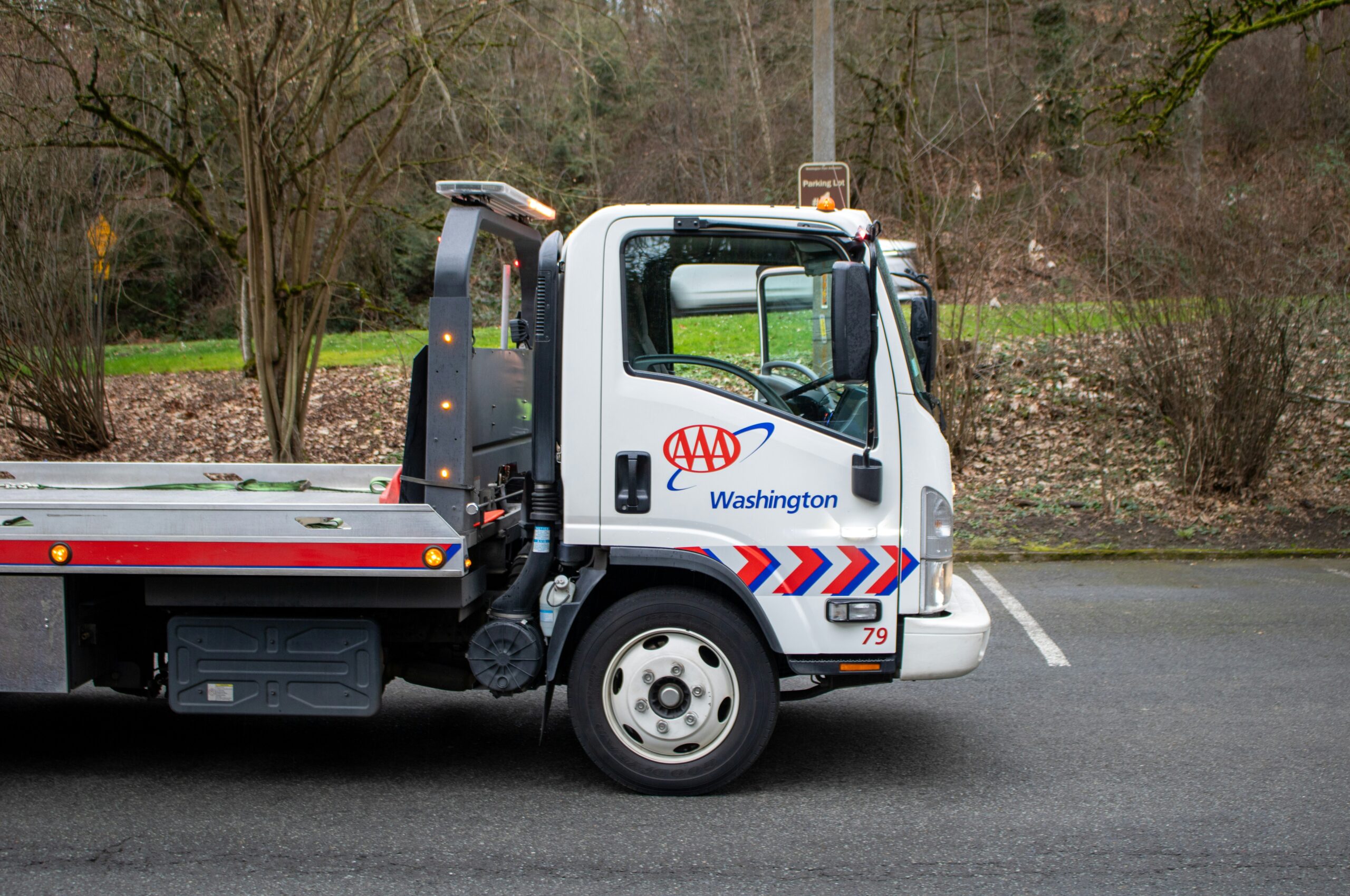Have you ever wondered how long it takes to prepare emergency food when faced with an unexpected situation? Preparedness is a crucial aspect of ensuring you and your loved ones are resilient in the face of emergencies. Whether it’s a natural disaster, a power outage, or any unforeseen event, having emergency food ready can make a significant difference. But how much time should you realistically allocate to get everything in order?
Understanding Emergency Food Preparation
Emergency food preparation isn’t just about having enough supplies stuffed in your pantry. It’s about understanding what you need, how to store it, and, crucially, how quickly you can get everything ready in a crisis. Preparing emergency food encompasses everything from the initial planning to the actual execution when you need to use those supplies. Let’s break it down.
Planning Your Emergency Food Supply
Before you even begin gathering your supplies, planning is key. This stage involves determining the types of food you’ll need, the quantity for your household, and the shelf life of various items. Consider dietary needs and preferences to ensure everyone gets the nutrition they require.
Creating a Checklist
A checklist can be incredibly helpful. List out non-perishable foods, water, cooking tools, and any necessary devices like can openers. Include special dietary items if anyone has allergies or food restrictions.
| Item Category | Examples |
|---|---|
| Non-Perishable Foods | Canned beans, pasta, rice |
| Cooking Tools | Portable stove, fuel, utensils |
| Containers | Water jugs, food storage bags |
| Special Diet Needs | Gluten-free, vegetarian options |
Having a checklist not only ensures you don’t forget anything, but also speeds up the preparation process when an emergency is on the horizon.
Inventory Management
Keeping track of what you have and what you need to restock is critical. Inventory management can be as simple as a logbook or using apps designed for tracking food supplies. Updating this regularly will make sure you’re using and replacing items before they expire.
Prioritizing Shelf Life
Foods with a longer shelf life should be the foundation of your emergency stash. Look for items like dried beans, oats, and canned goods. These can often last for years, reducing the time needed to rotate your supply.
Time Needed for Stocking Up
Once your plan is in place, the next step is purchasing and storing your supplies. The time it takes to gather everything depends on your starting point and how much you need to buy.
Initial Stockpiling
If you’re starting from scratch, dedicating an entire day to shopping and organizing might be necessary. This includes visiting different stores to buy bulk items and ensuring you have the right storage solutions at home.
Tips for Efficient Stockpiling
- Shop Smartly: Look for sales and deals, and don’t buy everything from a single retailer. Costco or other bulk retailers can be cost-effective.
- Organize at Home: Allocate a specific area in your house for storage—preferably a cool, dark place—and organize your items by type and expiration date.
Maintaining Your Supplies
After the initial investment of time, maintaining your supplies won’t be as time-consuming. Set aside a few hours every few months to check expiration dates, consume foods that are nearing their end of life, and restock as necessary.

Actual Preparation Time During an Emergency
When an emergency strikes, the prep time can vary significantly based on the situation and how prepared you are. Generally, it should take only minutes to gather your supplies if things are well organized.
Quick Access System
Arrange your food supply so that it’s easy to find and access. You want to be able to grab what you need quickly, especially if you have to evacuate.
Practical Storage Solutions
- Label Your Containers: Use clear labels to identify the contents of each container easily.
- Stack By Date: Keep items with the earliest expiration dates at the front to ensure they are used first.
The Importance of Regular Drills
Practicing emergency scenarios can greatly reduce the time needed to get everything together. By running through drills, you’ll familiarize yourself with the process, which can shave off precious time when it’s most needed.
Different Types of Drills
Run different “what-if” scenarios for various emergencies, such as natural disasters or extended power outages. This ensures you’re prepared for any eventuality.
Steps for Effective Drills
- Simulation: Pretend there’s an emergency and go through the motions of getting your supplies ready.
- Time It: Use a stopwatch to see how long it takes you from start to finish, then analyze areas where you can save time.
- Family Roles: Assign roles to each family member, so everyone has a specific responsibility that speeds up the process.

Common Challenges and Solutions
Dealing with Space Constraints
One of the biggest obstacles people face when prepping emergency food is the lack of storage space. If you find yourself in this situation, get creative.
Space-Saving Tips
- Multi-use Items: Opt for foods that can be used in various recipes.
- Vertical Space: Use shelves to take advantage of vertical space.
- Dual-Purpose Furniture: Consider furniture with built-in storage to hide away supplies neatly.
Budget Considerations
Emergency food preparation can get expensive, but there are ways to manage costs effectively.
Cost-Saving Strategies
- Buy In Bulk: This reduces the cost per unit.
- Avoid Specialty Stores: Shop at regular grocery or bulk discount stores.
- DIY Options: Make some emergency food at home, like dehydrated vegetables, which can be cheaper than buying pre-packaged options.
Benefits of Being Prepared
The peace of mind that comes with knowing you’re prepared is invaluable. Not only are you saving potential time when disaster strikes, but you also ensure that your family’s basic needs will be met.
Emotional and Practical Advantages
Preparedness can reduce panic and uncertainty in stressful situations. Additionally, being ready for emergencies improves your practical skills and teaches important lessons to your family about planning and resilience.

Conclusion
So, how long does it take to prepare emergency food? The truth is, it takes consistent planning, efficient execution, and a commitment to regularly update and maintain your supplies. While the initial setup might take a day or more, ongoing maintenance requires only a couple of hours each few months. In an emergency, having a well-thought-out plan means you can be ready in minutes. By investing time into preparation now, you guarantee safety and comfort for you and your loved ones when you need it most. Remember, emergency preparation is not a one-time task; it’s a lifestyle choice that ensures you’re always ready for whatever comes your way.

